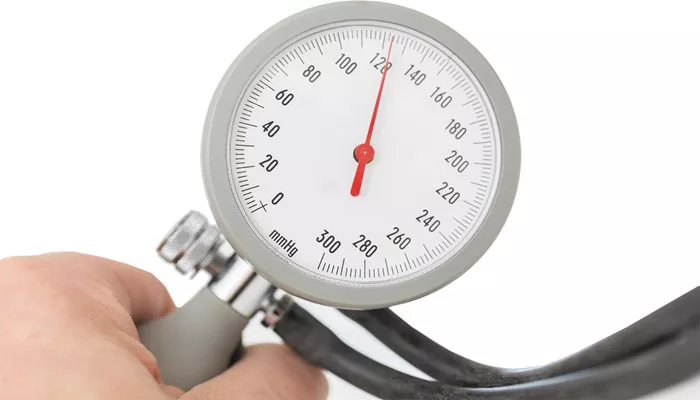Background and Objective: Underserved communities face a higher risk of uncontrolled high blood pressure (hypertension), which can lead to heart disease and increased mortality rates. A recent study evaluated the effects of a remote monitoring program, DIG IT, on blood pressure control among patients at a Federally Qualified Health Center (FQHC) in Orange County, California.
Study Methodology: Researchers compared two groups: 70 patients utilizing the DIG IT program, which features digital blood pressure monitoring, medication management, and a team-based care approach, and a historical control group of 70 patients receiving standard care without digital tools. The study targeted patients aged 40 and older with uncontrolled hypertension and monitored blood pressure readings and heart disease risk scores over three months.
Key Findings:
Patients in the DIG IT program experienced an average systolic blood pressure reduction of 31 points, while the control group saw only a 15-point decrease. Diastolic blood pressure fell by 11 points in the DIG IT group, compared to a 5-point reduction in the control group.
The program significantly lowered the estimated 10-year risk of heart disease, with DIG IT participants showing double the improvement compared to those in the control group.
Nearly 73% of patients in the DIG IT program achieved their blood pressure goals within three months, compared to only 37% in the control group.
Significance: These results indicate that remote monitoring programs like DIG IT can greatly enhance blood pressure control and reduce heart disease risk in underserved populations. By integrating digital health tools with real-time care, such programs offer timely interventions essential for managing chronic diseases.
Related topics:


